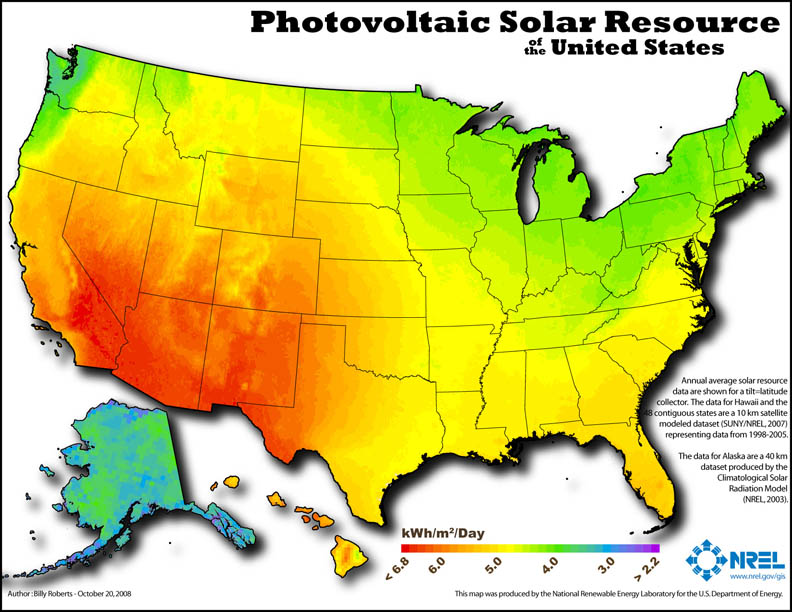forum
library
tutorial
contact

Renewable Energy Provides 37% of All
New US Electrical Generating Capacity in 2013
by Kenneth Bossong
Renewable Energy World, January 27, 2014
|
the film forum library tutorial contact |

|
Renewable Energy Provides 37% of All
by Kenneth Bossong
|
 WASHINGTON, D.C. -- According to the latest "Energy Infrastructure Update" report from the Federal Energy Regulatory Commission's Office of Energy Projects, renewable energy sources (i.e., biomass, geothermal, hydropower, solar, wind) accounted for 37.16 percent of all new domestic electrical generating capacity installed during calendar-year 2013 for a total of 5,279 MW.
WASHINGTON, D.C. -- According to the latest "Energy Infrastructure Update" report from the Federal Energy Regulatory Commission's Office of Energy Projects, renewable energy sources (i.e., biomass, geothermal, hydropower, solar, wind) accounted for 37.16 percent of all new domestic electrical generating capacity installed during calendar-year 2013 for a total of 5,279 MW.
That is more than three-times that provided for the year by coal (1,543 MW - 10.86 percent), oil (38 MW - 0.27 percent), and nuclear power (0 MW - 0.00 percent) combined. However, natural gas dominated 2013 with 7,270 MW of new capacity (51.17 percent). Waste heat provided the balance of new generating capacity - 76 MW (0.53 percent).
Among renewable energy sources, solar led the way in 2013 with 266 new "units" totaling 2,936 MW followed by wind with 18 units totaling 1,129 MW. Biomass added 97 new units totaling 777 MW while water had 19 new units with an installed capacity of 378 MW and geothermal steam had four new units (59 MW).
The newly installed capacity being provided by the solar units is second only to that of natural gas. The new solar capacity in 2013 is 42.80 percent higher than that for the same period in 2012.
For the two-year period (January 1, 2012 - December 31, 2013), renewable energy sources accounted for 47.38% of all new generation capacity placed in-service (20,809 MW).
Renewable energy sources now account for 15.97 percent of total installed U.S. operating generating capacity: water - 8.44 percent, wind - 5.20 percent, biomass - 1.36 percent, solar - 0.64 percent, and geothermal steam - 0.33 percent. This is more than nuclear (9.25 percent) and oil (4.05 percent) combined. Note that generating capacity is not the same as actual generation. Actual net electrical generation from renewable energy sources in the United States now totals about 13 percent according to the most recent data (i.e., as of November 2013) provided by the U.S. Energy Information Administration.
The growth of renewables is likely to accelerate as the costs for new solar and wind, in particular, continue to drop making them ever more competitive with fossil fuels and nuclear power.
learn more on topics covered in the film
see the video
read the script
learn the songs
discussion forum
